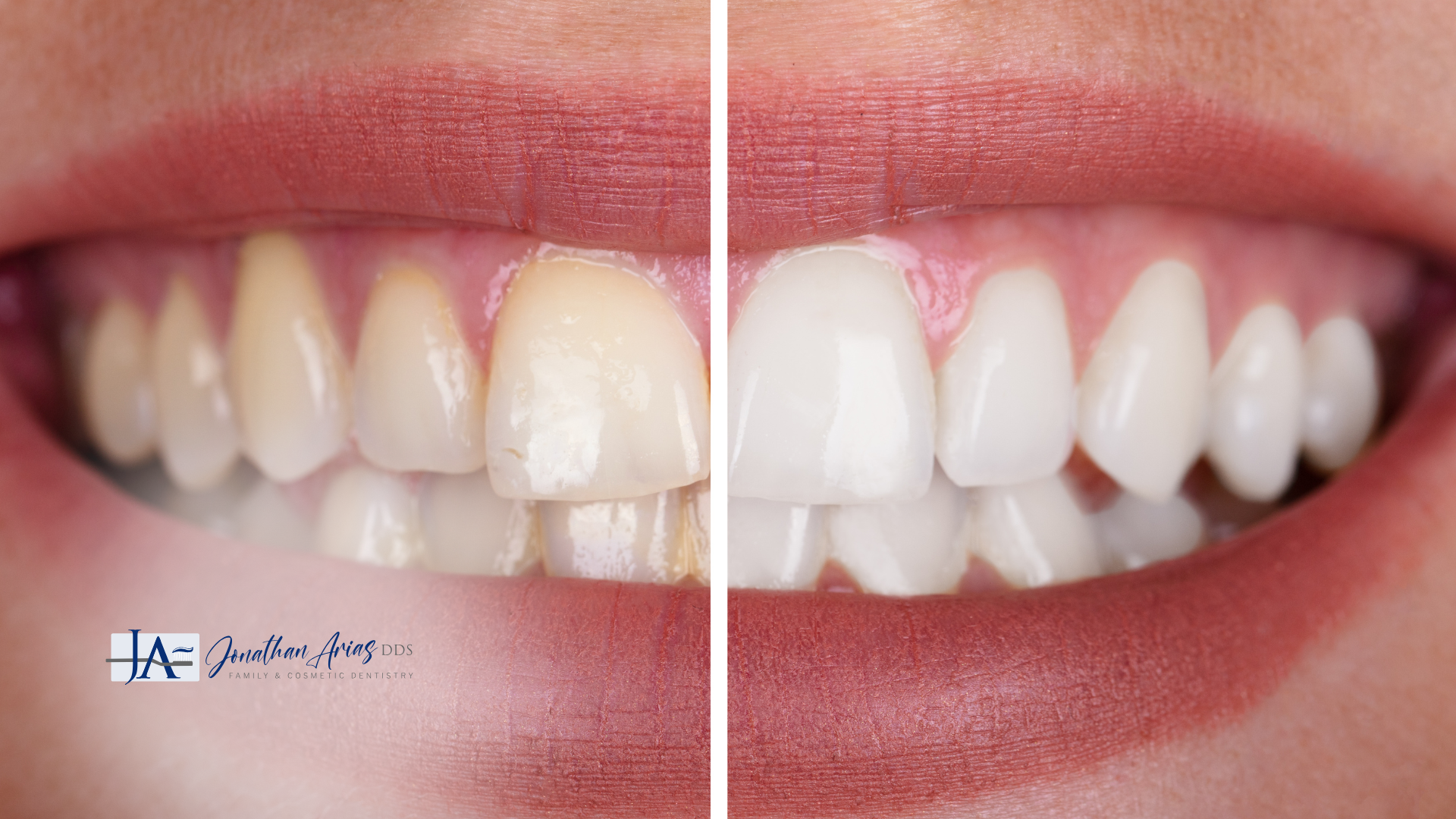Understanding the Duration of Invisalign Treatment
Introduction
If you’re considering Invisalign to straighten your teeth, you might be wondering: How long does Invisalign treatment take? Unlike traditional braces, Invisalign aligners offer a discreet, convenient, and comfortable orthodontic solution. The treatment duration varies depending on several factors, including the complexity of misalignment and patient compliance. This blog explores the expected timeframes for Invisalign treatment and how working with an experienced provider like Dr. Jonathan Arias, DDS in Ventura can help you achieve your dream smile efficiently.
How Long Does Invisalign Treatment Take?
On average, Invisalign treatment lasts between 6 to 18 months, but the exact duration depends on the individual case. Some patients may see noticeable improvements within just a few months, while others with more complex orthodontic needs may require a longer treatment plan.
Factors That Affect Invisalign Treatment Duration
Several factors influence how long Invisalign takes to straighten teeth:
1. Severity of Misalignment
- Minor spacing or crowding issues may take as little as six months to correct.
- Moderate cases typically range between 9 to 12 months.
- Severe cases involving bite correction may take up to 18-24 months.
2. Patient Compliance
- Invisalign aligners must be worn for at least 20-22 hours per day to ensure optimal results.
- Failing to wear the aligners consistently may extend the treatment timeline.
3. Age and Bone Structure
- Younger patients tend to experience quicker results as their teeth are more responsive to movement.
- Adults may have a slightly longer treatment due to denser bone structures.
4. Use of Additional Attachments or Refinements
- Some patients may require SmartForce® attachments to enhance tooth movement, potentially extending treatment time.
- Refinements, or additional aligners at the end of treatment, might be necessary to perfect results.
Invisalign vs. Traditional Braces: Treatment Time Comparison
Invisalign often provides a faster and more comfortable alternative to traditional metal braces. While braces typically require 18 to 36 months, Invisalign can achieve similar results in as little as 6 to 18 months. Additionally, Invisalign allows for fewer orthodontic visits, making it a more convenient choice for busy professionals and teenagers.
What to Expect During Your Invisalign Journey
- Initial Consultation: Your dentist or orthodontist will assess your teeth and determine if Invisalign is right for you.
- Digital Scan & Treatment Plan: Advanced 3D imaging is used to map out your smile transformation.
- Aligner Wear Schedule: Every 1-2 weeks, you will switch to a new set of aligners to continue the gradual movement of your teeth.
- Regular Checkups: Visits every 6-8 weeks ensure the treatment is progressing as planned.
- Post-Treatment Retainers: To maintain results, a retainer is usually worn at night to prevent teeth from shifting back.
Why Choose Invisalign at Dr. Jonathan Arias, DDS?
Dr. Jonathan Arias, DDS provides high-quality Invisalign treatment in Ventura, using state-of-the-art technology to ensure precise and efficient results. As a trusted dentist near you, Dr. Jonathan Arias and his team offer personalized care tailored to your unique smile goals.
Final Thoughts
Invisalign is a fantastic option for those seeking a discreet and effective orthodontic treatment. With proper care and adherence to your treatment plan, you can achieve a straighter, more confident smile in as little as 6 to 18 months. If you're ready to transform your smile, schedule a consultation with Dr. Jonathan Arias, DDS today!
Disclaimer: This blog is for informational purposes only and should not be considered medical advice. Treatment duration and results may vary based on individual circumstances. Always consult with a qualified dental professional before making any decisions regarding orthodontic treatment.


Hours & Address
Monday: 9am - 6pm
Tuesday: 9am-6pm
Wednesday: Closed
Thursday: 9am-6pm
Friday: 8am-2pm
Saturday & Sunday: Closed









